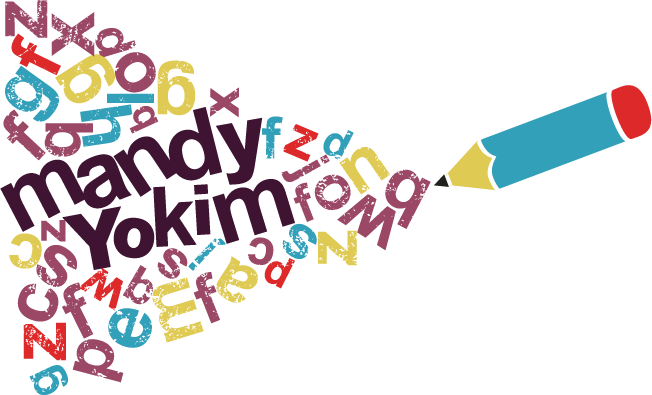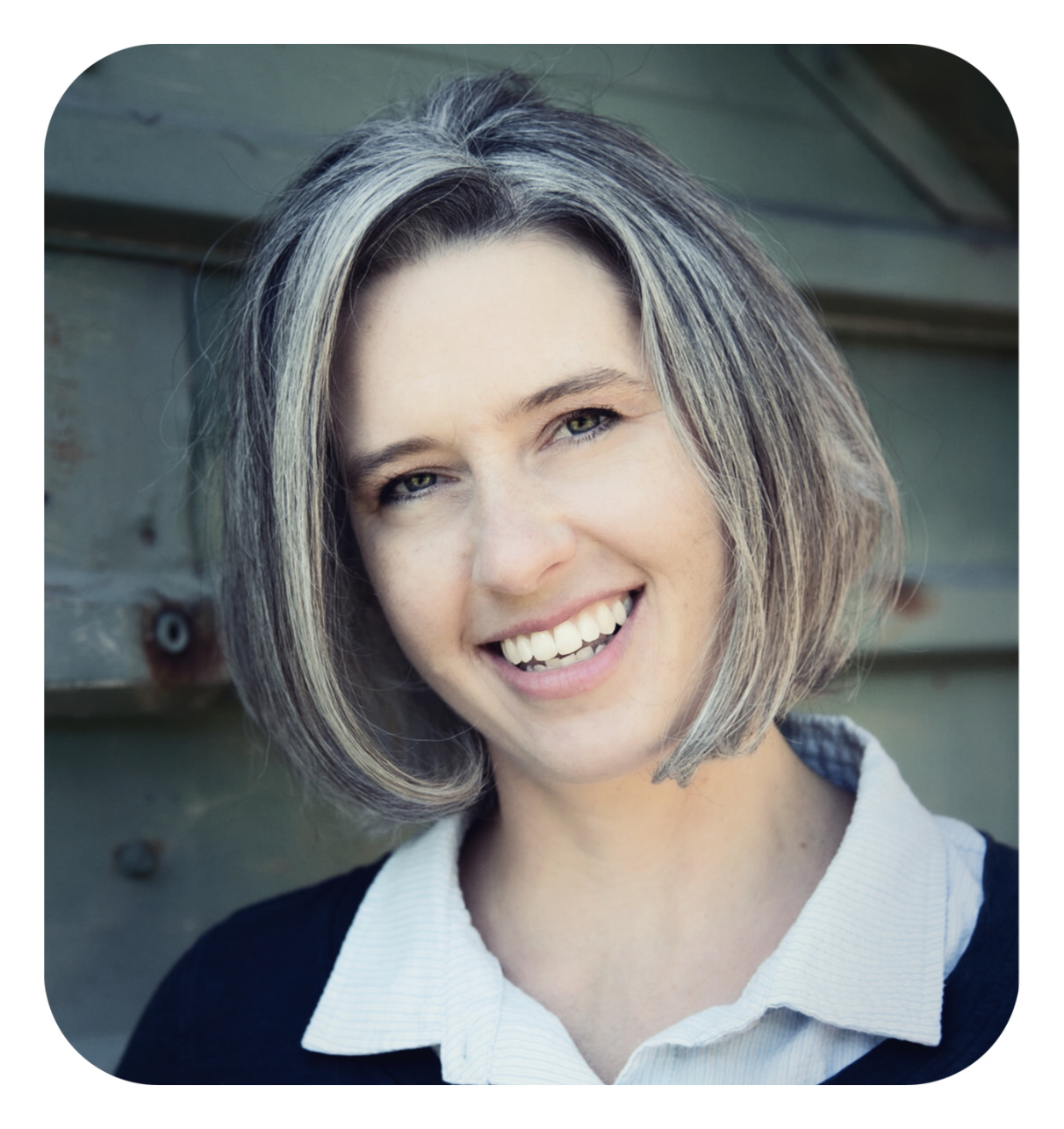Happy National Library Week 2018!
Flash back to my childhood in a school library, using a card catalog to find books. Using a microfiche reader, for goodness sakes. Even then I loved libraries. I liked that what-seemed-like tons of information was located in one place ready to be discovered. And I remember my school librarians, Mrs. Dameron and Mrs. Cunningham – ready to answer any questions and help me find what I needed.
Flash forward to more recent years when I’ve used the library for things beyond books and information gathering. Things that help you feel like part of a community: storytimes for my kids, genealogy workshops, storytelling festivals, cooking classes and more.
Libraries have come a long way in this modern tech era but, at their heart, they still serve many of the same purposes: to help us learn, grow and feel like we belong.
With this new library blog series, I plan to highlight all kinds of libraries and sometimes the librarians who work in them. Some posts will be short and sweet, some will include more in depth interviews or videos. Let’s get started with this post which incorporates another thing I love – stamps.
American Philatelic Research Library
Meet Scott Tiffney, Librarian and Director of Information Services at the American Philatelic Research Library (APRL) in Bellefonte, Pennsylvania. Scott served as Reference Assistant for five years before entering into his current role in January of this year. He was kind enough to answer my questions and give us an idea of the work he does and how he got to this place, surrounded by all things stamps.
Q: In your role as librarian at APRL, what are your responsibilities?
A: My primary role and that of the library is to fulfill the research needs and goals of the American Philatelic Society (APS) and its members. In light of that as the librarian I am responsible for collection development, digital projects, staff supervision and the general day-to-day management of every aspect of the library. There is also a significant component of my responsibilities that involves outreach to our members as well as non-members and the stamp collecting community in general as the research arm of the APS. [Scott also blogs about stamp literature and research here.]
Q: Which of these things do you find is your favorite?
A: Right now I can narrow my favorite down to two of these responsibilities. I really enjoy working and communicating with people on a daily basis. I’ve been blessed with a very enthusiastic and talented staff here in the library who make my job much easier and are a genuine pleasure to work with each day. Similarly, the outreach I am responsible for has put me in contact with many people in the stamp collecting community, both members and non-members, who have made my work here very fulfilling and rewarding. The other responsibility I’m beginning to enjoy as a favorite is the work we are doing on the library’s digital projects. My predecessor initiated the digital projects we have here in the library with the goal of having more of our collection available in digital form on our website. It has been both a joy to educate myself on these projects as well as to work with the people we have assisting us with our digital presence.
Q: Did you always want to be a librarian? How did your life/career path bring you to this position?
A: If I’m really honest, no I didn’t. I initially wanted to be a journalist because of how much I enjoyed doing research. From an early age my brain was just wired to always ask questions about things, even concerning things that had long been accepted as truth. I always wanted to ask questions and challenge things. From a very early age libraries and their unique collections always provided a sanctuary for me, if you will, for answering some of those questions through research. In many cases they could provide some answers, but even when they didn’t, the opportunity to pursue those answers which libraries afforded me was a reward in and of itself. After I started down the path of journalism for a short while I found myself more and more interested in libraries as a place I envisioned spending a lot of time in or possibly working in one day. That thought led to a Masters degree in Library and Information Science and then to work as a reference librarian in a number of different libraries. My reference work here at the American Philatelic Research Library (APRL) then led to an extraordinary opportunity to become the library’s director, a position I have just started in and enjoy.
Q: Were you an avid book reader as a child? Were you always interested in stamps?
A: Our family read a lot at home and still do, and yes I read a lot as a child as I do now. As for stamps, I had an older brother who had a stamp collection but I did not have an interest in stamps until I began working here at the APRL.
Q: Do you have a favorite type of library material? Favorite book genre? Favorite kind of stamp?
A: My favorite type of library material is still sitting down with a book. A physical book with its pages and content is both a sensory and textural experience for me which still requires the reader to be engaged in a form of unspoken communication with their thoughts and ideas while hopefully being educated. The digital world is the future but the permanence of a book somehow still resonants with me. My favorite book genre is probably fiction and poetry. In my younger days through my years of advanced education and even today I read a lot of British, Canadian, Russian and American poetry, novels and plays. As for a favorite stamp it would have to be the British Machins. There is something that appeals to me with a stamp that has had predominantly the same image on it for many years but has been produced in hundreds of different colors and varieties. For me it speaks to both tradition and creativity.
Q: What do you feel is the library’s most important function today? What functions have stayed the same over time?
A: Today the library’s primary role is to provide not only content but the means to that content in order to facilitate the education and research needs of its patrons. Over time libraries must continue to meet this need and make the access to the content as seamless as possible.
Q: How do you envision libraries of the future?
A: The easy answer to this would be to provide more and more content in digital form so that patrons can access material remotely and more easily. Libraries will certainly involve a lot more digital content in the future, but even given this, the librarian will have an even more important role in being able to discover, disseminate and organize the relevant content for library patrons.
Q: If I could teleport you to any other library across the country or world, where would you visit?
A: Currently the British Library, the Library of Congress and the National Library of Canada (the latter of which I had the good fortune of doing an internship in) are all libraries I’ve been fortunate enough to visit and to do research in while there. But if I could teleport anywhere to any library it would definitely be the Library of Alexandria in ancient Egypt considered at one time to be the largest and most significant library in the world before it was destroyed. What treasures were lost then we’ll never know.
Q: Do you have any advice for library users – things you wish we would all know?
A: I guess the one piece of advice I would give every library user, especially if visiting a library in person, is always take the time to browse the collection and make use of the library staff. Even if you know exactly what you are looking for or have a specific book you are borrowing, take the time to look further you’ll never be disappointed with what you discover. Taken from experience, some of the most interesting things you’ll find in a library are found this way.
Q: Would you recommend being a librarian to others?
A: Yes I would, and this comes from someone who never envisioned himself being one. My wife is a research librarian and she always wanted to be that and I now have a niece that’s just starting into the profession and she, like me, never saw it as her future. I can honestly say that I find something each day in the library that’s rewarding and challenging, making it a place that’s worth coming back to again. Libraries are more than just buildings with books in them, they are communities of discovery.
Thank you, Scott, for your insight!
Did you enjoy this first post in my Library Series? Is there a library you’d love to learn about, I’d love to know.


